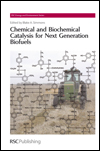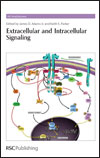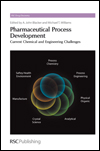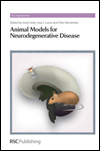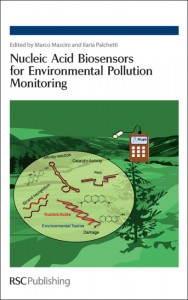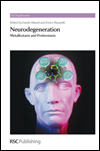Now Published in the RSC Energy and Environment Series
Chemical and Biochemical Catalysis for Next Generation Biofuels
Edited by Blake A. Simmons
The development of renewable and sustainable lignocellulosic biofuels is currently receiving worldwide attention and investment, but despite several decades of research, there still remains significant challenges that need to be overcome before these biofuels can be produced in large volumes at cost-competitive prices. One of the primary obstacles is the lack of efficient and affordable catalytic systems that can solubilize and hydrolyze polysaccharides into sugars and fermented into biofuels. The price of these catalysts be they biological, thermochemical or chemical in nature, represent one of the largest costs in the conversion process.
This exemplary new book presents a general yet substantial review of the most promising catalytic processes and covers the spectrum of biomass pretreatments, enzymes, chemical catalysts and hybrid approaches of hydrolyzing biomass into fermentable sugars and/or directly into biofuels. The book starts with a comprehensive evaluation of feedstocks in terms of availability, sustainability and land cover type and subsequent chapters focus on a detailed assessment around biomass conversion technologies, including biomass pretreatment, chemical catalysis, thermochemical conversion and bioinspired catalysts. It will be essential reading for graduate students and scientific researchers working in alternative energy and biofuels production.


